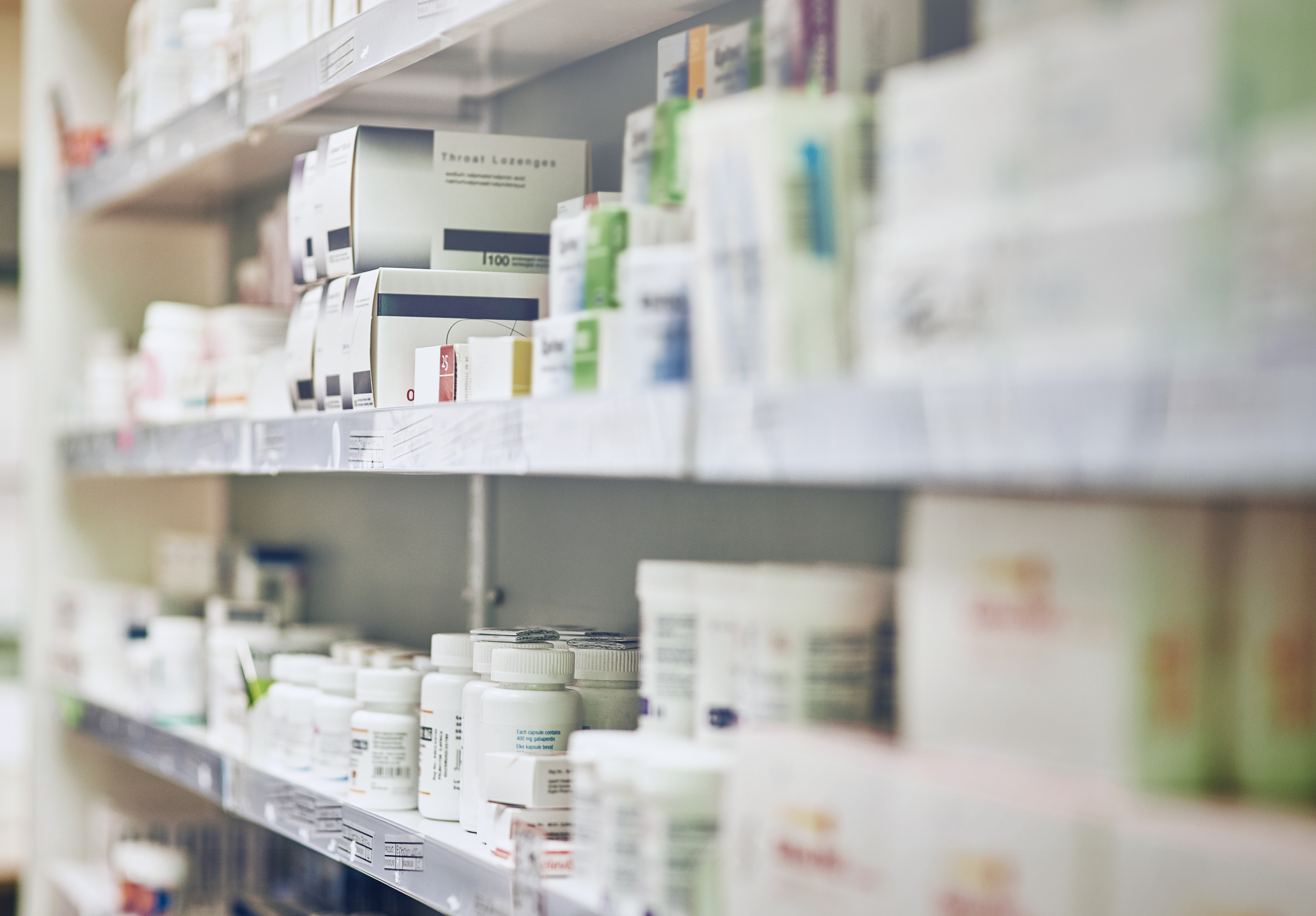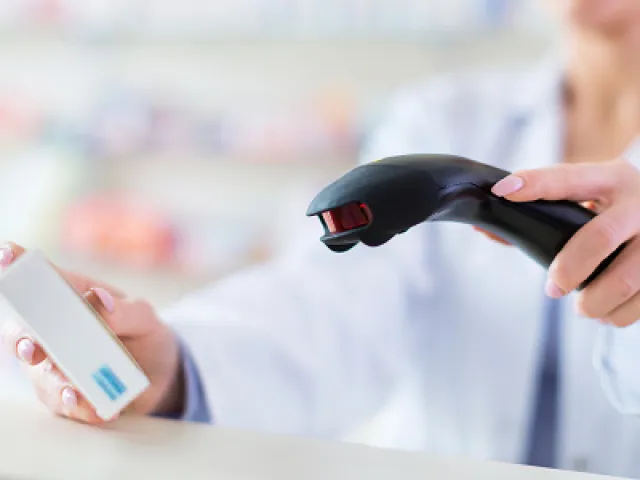Table of contents
Key Takeaways
- As the final checkpoint in the pharmaceutical supply chain, dispensers (including health systems and retail pharmacies) have a critical role to play in preventing illegitimate medicines from reaching patients.
- With the goal of ensuring a safe drug supply, the FDA has issued detailed guidance on identifying and handling “suspect and illegitimate product.”
- Over the course of the next 24 months, dispensers need to implement new systems and processes for responding to a suspect product investigation.
When the final phase of the Drug Supply Chain Security Act (DSCSA) takes effect in 2023, health systems and retail pharmacies will be expected to devote attention and effort to detecting a suspect product. For dispensers, the ability to detect a potentially illegitimate product will be critical in meeting the DSCSA goal of ensuring a safe, secure drug supply.
DSCSA requirements for handling “suspect product”
Under “DSCSA 2023”, if a health system or retail pharmacy determines that a product is suspect—or if they receive a request for verification from FDA—they must have systems in place that enable them to quarantine suspect product and conduct an investigation to determine whether a suspect product is illegitimate. They should also have systems and processes to associate an alert of an illegitimate product with the affected product identifier when the product identifier is scanned upon receipt, including when it is part of aggregated data.
According to the DSCSA, the term “suspect product” means there is reason to believe that such product:
- Is potentially counterfeit, diverted, or stolen.
- Is potentially intentionally adulterated such that the product would result in serious adverse health consequences or death to humans.
- Is potentially the subject of a fraudulent transaction.
- Appears otherwise unfit for distribution such that the product would result in serious adverse health consequences or death to humans.
3 scenarios that should prompt extra vigilance
Recent guidance from the United States Food and Drug Administration includes examples of specific scenarios that could increase the risk of a suspect product entering the drug supply chain. Trading partners, including health systems and retail pharmacies, should be particularly diligent when engaging in transactions that involve:
1. Trading Partners and Product Sourcing
-
Purchasing from a source new to the trading partner.
- Receiving an unsolicited sales offer from an unknown source. Trading partners might receive unsolicited offers or advertisements through an email, a fax, a telephone call, or an in-person sales call from a person or entity with whom they do not have an established business relationship.
- Purchasing on the Internet from an unknown source. Trading partners might be searching for a better price on the Internet or for a product that they cannot obtain from their usual source, and might be tempted to turn to a person or entity with whom they do not have an established business relationship.
- Purchasing from a source that a trading partner knows or has reason to believe has engaged in questionable business practices that could increase the risk of suspect product entering the supply chain, such as:
- A trading partner that has been involved in business transactions where they sold or delivered illegitimate product.
- A trading partner that has a history of problematic or potentially false transaction histories, such as those that contain misspelled words or incomplete information.
- A trading partner that is reluctant to provide a transaction history associated with the product being purchased, or does not do so in a timely manner.
- A trading partner that provides transaction information, a transaction statement, and/or transaction history that appears to be incomplete or questionable.
2. Supply, Demand, History, and Value of the Product
- Product that is generally in high demand in the U.S. market.
- Product that is in higher demand because of its potential or perceived relationship to a public health or other emergency, for example, antiviral drugs.
- Product that has a high sales volume or price in the United States.
- Product offered at a price that is “too good to be true.”
- Product that has been previously or is currently being counterfeited or diverted, for example, HIV, antipsychotic, or cancer drugs.
- Product that has been previously or is currently the subject of a drug shortage.
- Product that has been or is the subject of a public alert or announcement related to drug quality issued by a trading partner or FDA.
- Product that has been or is the subject of an FDA counterfeit or cargo theft alert.
3. Appearance of the Product
- Appearance of a package or a container—such as a case or tote—used for transport that seems questionable, for example, one that has a label that contains misspellings or appears different from the standard label for that product in color, font, images, or otherwise.
- Package that exhibits unusual or excessive adhesive residue.
- Package that contains foreign identification features, such as a different drug identification number where a National Drug Code (NDC) number would be expected.
- Package that is missing information, such as the lot number or other lot identification, or the expiration date.
- Package that is missing security or anti-counterfeiting technologies normally featured on the FDA-approved product that are easily visible to the eye, such as holograms, color shifting inks, neckbands, or watermarks.
- Finished dosage form that seems questionable, such as a different shape or color from the FDA-approved product; a different or unusual imprint; an unusual odor; or if there are signs of poor quality like chips or cracks in tablet coatings or smeared or unclear ink imprints.
Have you started planning for DSCSA 2023 yet?
Over the next 24 months, health systems and retail pharmacies need to implement new systems and processes for meeting DSCSA 2023 requirements to promptly facilitate the gathering of information for each transaction going back to the manufacturer in the event of a recall or for the purposes of investigating a suspect product or an illegitimate product. Experience shows that early planning and budgeting can help to ensure a smooth transition to item-level traceability and minimize any disruption to pharmacy operations.
Contact us to learn how TraceLink can help you meet your DSCSA 2023 compliance requirements.









